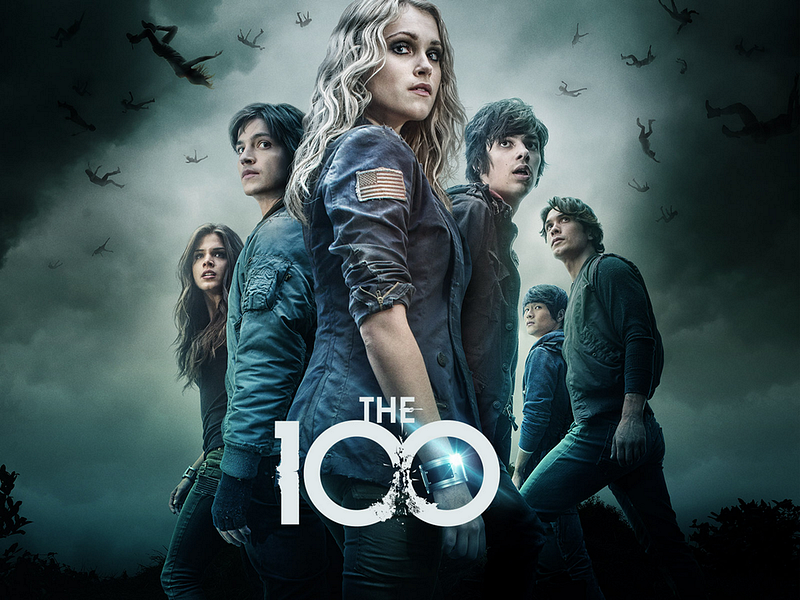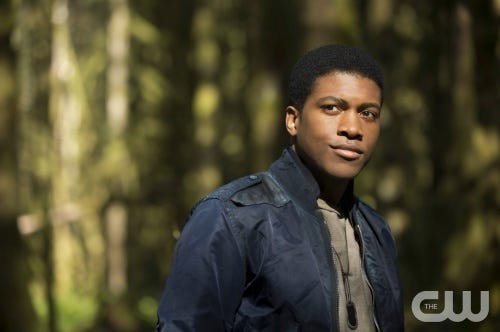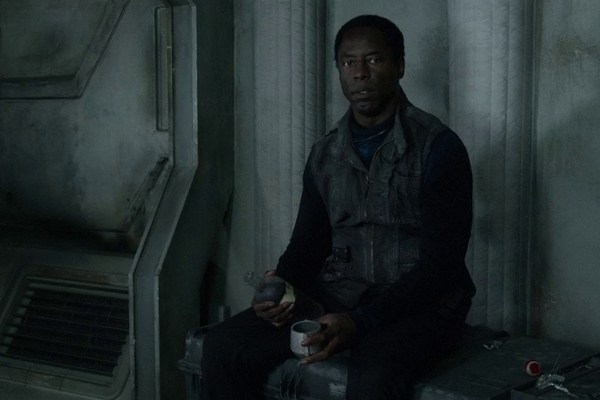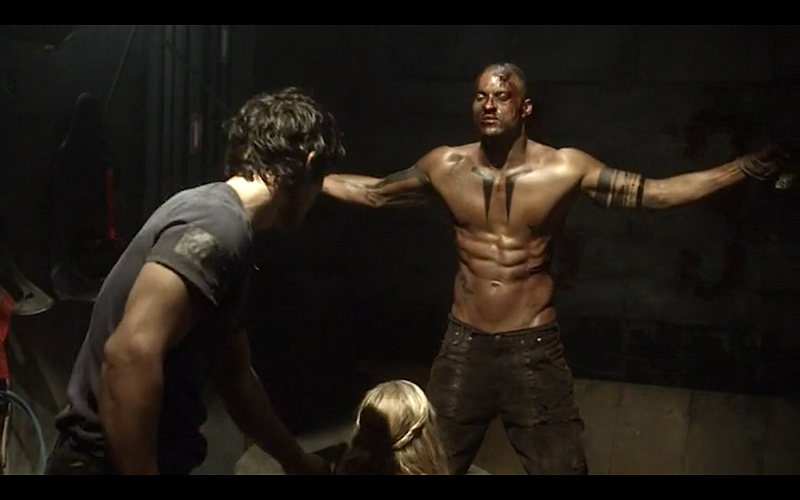Teaching Lessons of White Supremacy in Prime-Time: Blackrifice in the Post-Apocalyptic World of the…
The main problem with the CW’s The 100 is a reliance on blackrifice to advance the motivations of the white characters in the narrative.
The main problem with the CW’s The 100 is a reliance on blackrifice to advance the motivations of the white characters in the narrative.
So, in The 100, the Earth has been devastated by nuclear war. 12 space stations that were orbiting the planet came together, Voltron like, into one huge station in the aftermath.
Life on the huge station is harsh, with all crimes being punishable by death- unless you’re under 18, in which case you’re imprisoned for an indeterminate amount of time.
After 97 years, the people in charge in the station decide to try to test the survivability of the landscape on the planet post-nuclear war and send down 100 (see?) of the young prisoners to act as canaries.
Early on in the first episode, we’re introduced to the main characters. They include:
Clarke, the main character, a blond haired, blue eyed young woman.
Bellamy, the bad boy, a dark and handsome type.
Finn, the archetype of every college sophomore white guy who wants to change the world (seriously, he’s insufferable).
and
Wells, the son of the Chancellor, the ruler of the remnants of humanity. Also the only black character of the 100 with more than a line for approximately eight episodes.
Of the titular 100, two facts stand out. They’re overwhelmingly white. And they’re overwhelmingly good looking.
Wells, the aforementioned Only Black Kid With A Line, is quietly in love with Clarke. But her heart, of course, belongs with Finn. The idea that the CW would pair the white, blond, female main character off with the dark African American character seems like it was always a non-starter for the show.
And so it is, for the first three episodes, that Clarke and Finn run around the landscape, have sex, have adventures, etc, while Wells stays behind and off camera for the most part. This ends abruptly as Wells is killed off at the end of the third episode.
Wells’ death is used, of course, as a means for the white characters to ruminate on their society and capital punishment. That’s pretty much it. Wells is blackrificed to further the storyline of his white compatriots.
But wait! There’s more.
Now, one of the other two black characters is Wells’ father, Chancellor Jaha. Let’s take a moment to understand that in the world of this show, the only two black characters of note from space are related.
Jaha is up on the station, relegating him to a supporting character (the appeal of the show for the CW’s demographic has got to be the promise of a world without parents). He is the leader of his people and does leader things, like giving cliched inspirational speeches and getting exasperated with his subordinates.
Eventually, in order to make the first season’s penultimate episode have some dramatic heft, the station becomes unlivable due to the machinations of Ellen Tigh and its inhabitants are forced to flee. In order to do so, the stations have to decouple from the main hub.
Of course this all goes very wrong and someone has to stay behind to hit the release button and then die, slowly.
So who makes this sacrifice? One of the 1000s of people left on the station?
Nope.
Chancellor Jaha.
Yes, he blackrifices himself so that the remaining people on the station can live.
I don’t know if the show was going for some asinine captain goes down with the ship shit here, but man…
All the other characters of color are either comic relief for the kids or the mysterious, tribal “Grounders,” a tough and savage race who managed to survive the nuclear holocaust. They, unlike the “good guys,” or the kids from the ship and the people on the ship, are not majority white.
One of these supporting characters, called Lincoln (of course), acts to move the story along by acting as the savior of supporting character Octavia. Presented initially as a wild, dark man, he eventually shows that he knows English and acts the part of noble savage.
Lincoln continues to throw himself in harms way to protect the white adventuring kids. That’s pretty much his role. Attempted blackrifice.
Oh yeah, then he introduces the Clarke to the leader of his people. Who is also a blond haired white woman.
The 100 is a well done show, for what it is. Don’t get me wrong. But the continual misfires, intentional or not, are creating a show that seems more interested in maintaining an old culture while telling the story of a new one.
It’s no surprise, really, that people of color feel that they have to start movements to assert the value of their lives. When our culture teaches teens subtle lessons in white supremacy like The 100 does, the value of black life is eroded by the time they reach adulthood.






